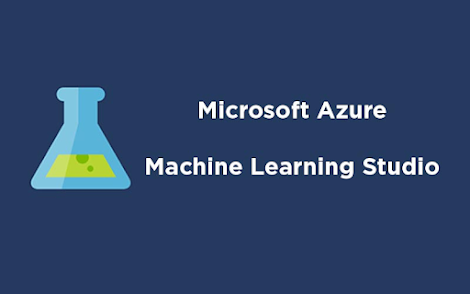Exploring the Azure Machine Learning service
Analyzing the Deployed Services
There are three services that are deployed along with the main mldemows workspace, i.e., Storage account, Key vault, and Application Insights. Although, an Azure container registry will be required later on but it doesn't need to there during initial deployment of the workspace. Now, let's have a look at them:
The Storage Account for an ML Workspace
The storage account is generally known as the default storage account and it's the main datastore for the workspace. This one is vital for the operation of the service as it can store experiment runs, models, snapshots, and source files (such as Jupyter notebooks).
Azure Key Vault for an ML Workspace
It is a cloud-managed service that can store secrets like passwords, API keys, certificates, and cryptographic keys either in a software vault or in a managed Hardware Security Module (HSM). You can easily access the key vault via a so-called managed identity, which gives the workspace (the app) itself an identity to assign rights to.
Application Insights for an ML Workspace
It is a module of Azure monitor used to monitor infrastructure and applications, that can store as well as surface infrastructure metrics such as CPU usage and log files of applications. The Azure ML workspace uses Application Insights to store compute infrastructure logs, ML script logs, and defined metrics of the ML model runs and is therefore required for the operation of the workspace.
Azure Container Registry (ACR) for an ML Workspace
It is a service based on the Docker Registry to store as well as manage Docker container images and artifacts. It is required while running training on or deploying models to a compute that's not our local machine for which a container is packed and registered to ACR, which can then be tracked and utilized in ML scripts or by deploying pipelines.




Comments
Post a Comment